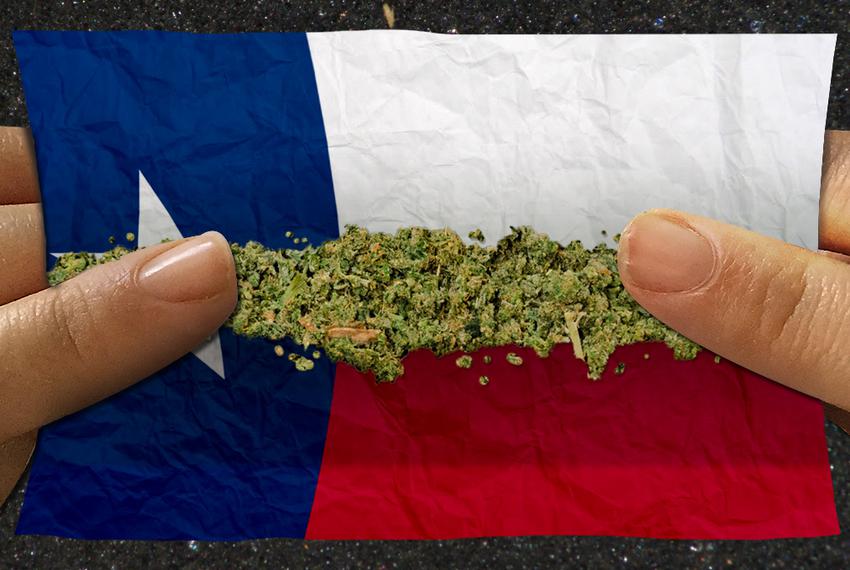We’ve all heard older stoners say it, but now there’s scientific research proving what OG stoners have said all along: Weed on the market today is much stronger than it was back when tuning-in and dropping out were pillars of the youth movement.
A study recently published in the journal Addiction states that the concentration of THC in cannabis flower and resin (or hash) has increased considerably over the past 50 years.
For the study, researchers from the Addiction and Mental Health Group at the University of Bath examined more than 80,000 street drug samples that had been tested over the past five decades in Denmark, France, Italy, Netherlands, New Zealand, the UK, and the US.
The analysts determined that THC concentrations in cannabis flower rose 0.29 percent each year between 1970 and 2017, for a total increase of about 14 percent. THC concentrations in hash products also surged 0.57 percent each year between 1975 and 2017, for an increase of about 24 percent.
Researchers attribute these upticks to an increase in demand for sinsemilla, a form of cannabis with a naturally high concentration of THC. What’s odd, however, is that products manufactured between 1995 and 2017 found no increase in CBD concentrations, according to the study.
The study’s authors also suggest that the upward trajectory of THC levels highlights a need for public safety considerations, like implement a standard for unit measurements and guidelines around safer consumption limits.
“Cannabis has continued to increase in strength over time, such that today it differs enormously from the type of drug used by people 50 years ago,” said Tom Freeman, the lead study author. “During this time, attitudes have also shifted. There is now a greater appreciation of its complex interplay with mental health and potential medicinal uses.”











